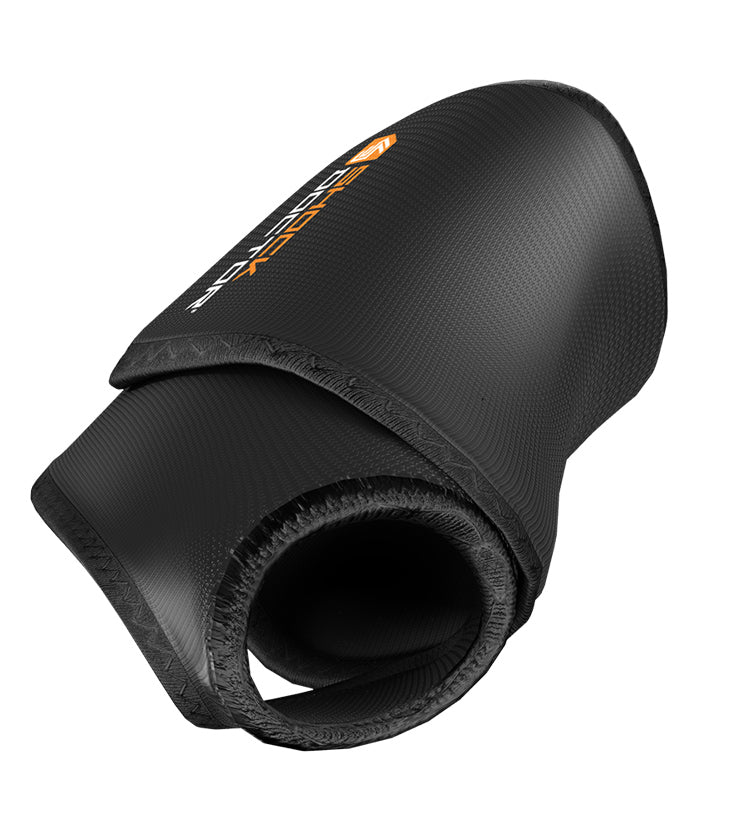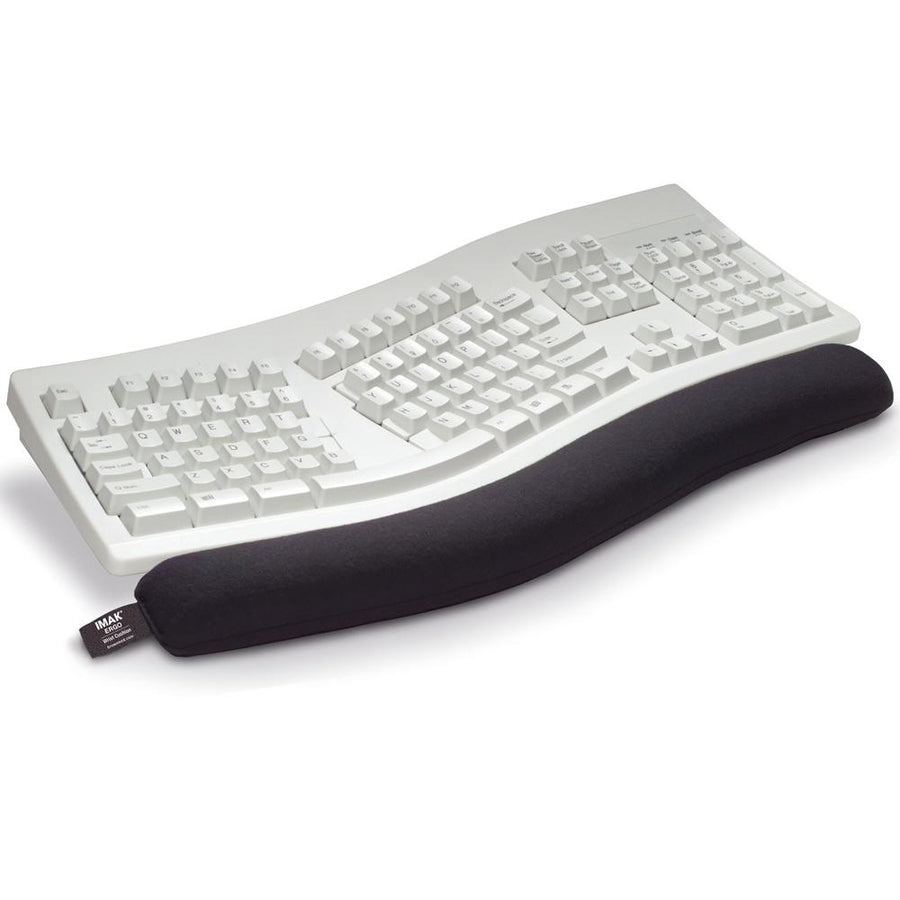Carpal Tunnel Wrist Splint, Wrist Brace, Wrist Support Australia
There are three reasons that wrist injuries occur. The first is repetitive injury typically brought by workplace conditions, as in office tasks that require a lot of typing. The strain causes damage on the nerves and tendons in the area, and ultimately leads to wrist pain. The second reason is impact, which could be due to accidents, or physical activities such as in sports. Sprain and fractures are expected in sports, but wrists also take a beating because of our natural inclination to extend the hand and land on the wrist when falling, which is why at some point, a wrist brace could come in handy.
A carpal tunnel splint from McDavid works in two ways to protect wrists. It could prevent wrist injuries from occurring in the first place, or provide support on the wrist area after an injury. This is achieved by ensuring a close fit that would keep the wrists stabilized, keep the joints in place, and minimize unnatural joint movement. A wrist brace is used to provide support in the area in the event of broken or sprained wrist, Colles fracture, wrist tendonitis, carpal tunnel syndrome, fractured Scaphoid, fractured Ulna, fractured Radius and wrist hyperextension.
There are various types of wrist braces. Some are designed especially for preventing RSI and some are ideal for providing support after an injury such as a wrist wrap.
A wrist brace specially designed for preventing repetitive strain injury (RSI) could keep the wrist in a neutral position and reduce pressure within the Carpal Tunnel region. RSI could lead to carpal tunnel syndrome, but a wrist brace could ease the symptoms of the condition, such as the sensation of pins stuck on the area and shooting pain. This could also help quicken the healing process in the case of sprained wrists. Don't forget to check out our best wrist braces post for the latest recommendations.
For thumb injuries, there are braces that could provide ample thumb support. They offer support in case of sprains, and ligament and joint injuries and keep the thumb and wrist area immobilized, while ensuring full finger function. There are also thumb stabilizers that could provide semi-rigid support.




































